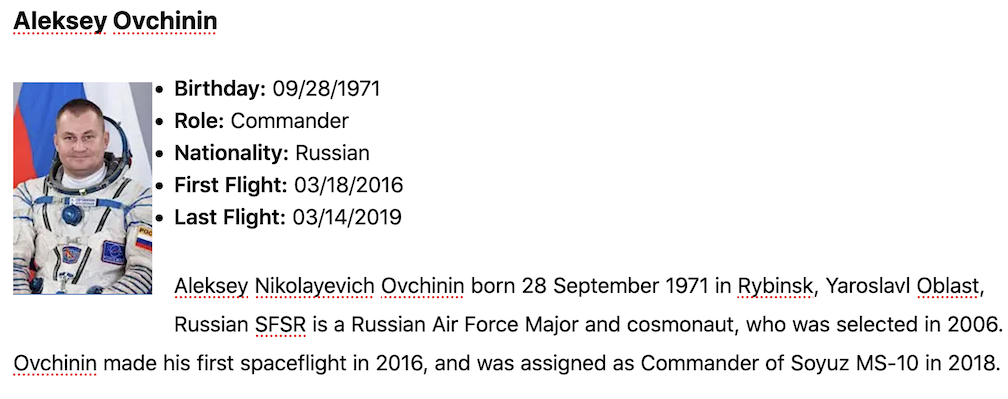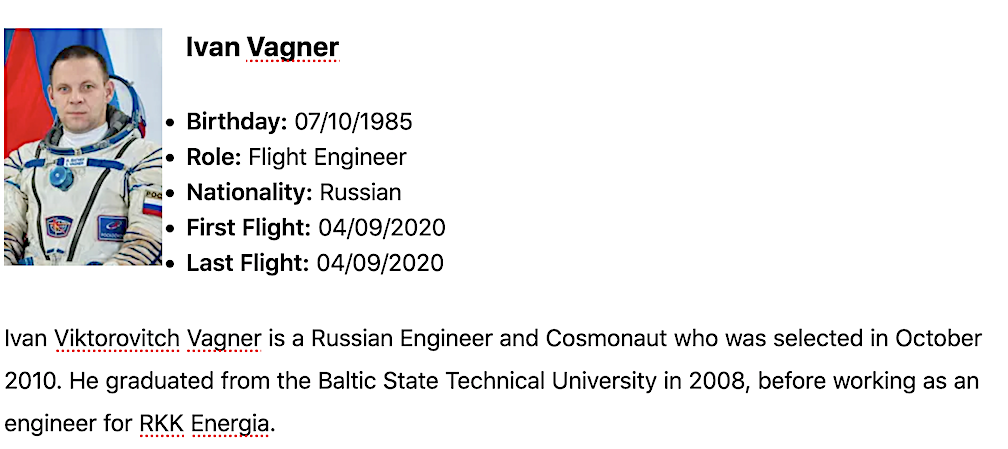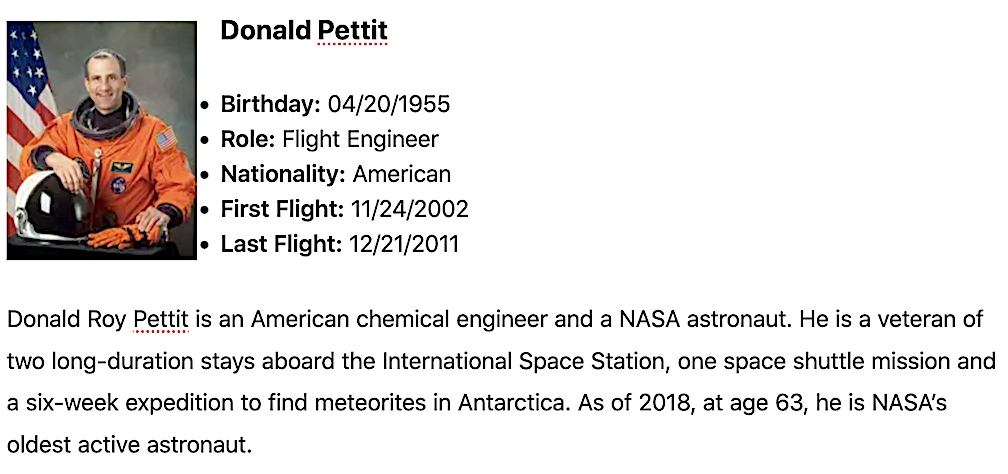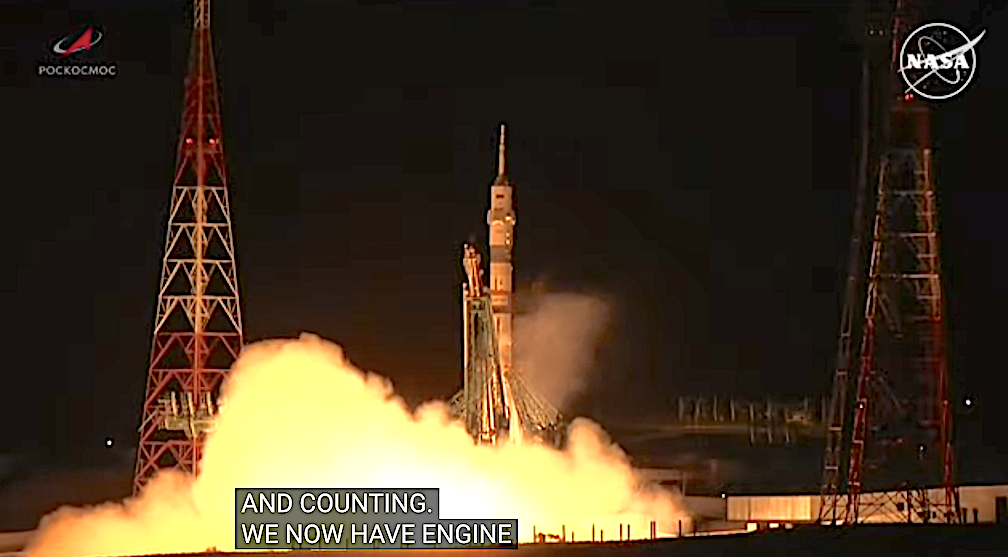
NASA’s oldest astronaut, Don Pettit, launched aboard the Roscosmos Soyuz MS-26 spacecraft, accompanied by cosmonauts Alexey Ovchinin and Ivan Vagner, to the International Space Station where they will join the Expedition 71 crew in advancing scientific research.
Pettit, Ovchinin, and Vagner lifted off at 12:23 p.m. EDT Wednesday, September 11 (9:23 p.m. Baikonur time) from the Baikonur Cosmodrome in Kazakhstan.
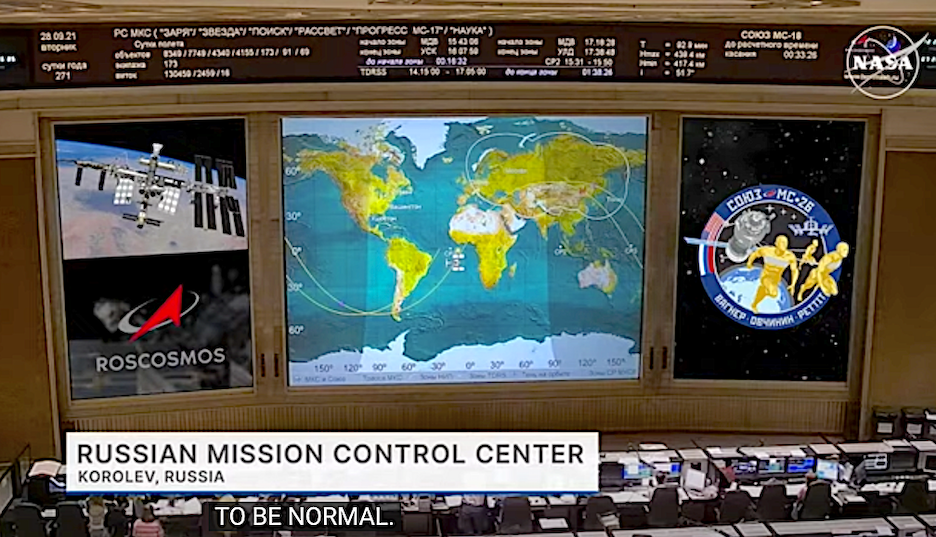
After a two-orbit, three-hour trajectory to the station, the spacecraft will automatically dock at 3:33 p.m. at the orbiting laboratory’s Rassvet module. Shortly after, hatches will open between the spacecraft and the station.
Once aboard, the trio will join NASA astronauts Tracy C. Dyson, Mike Barratt, Matthew Dominick, Jeanette Epps, Butch Wilmore, and Suni Williams, as well as Roscosmos cosmonauts Nikolai Chub, Alexander Grebenkin, and Oleg Kononenko.
Russia’s ‘Uber’ transportation of two cosmonauts and one U.S. astronaut to ISS
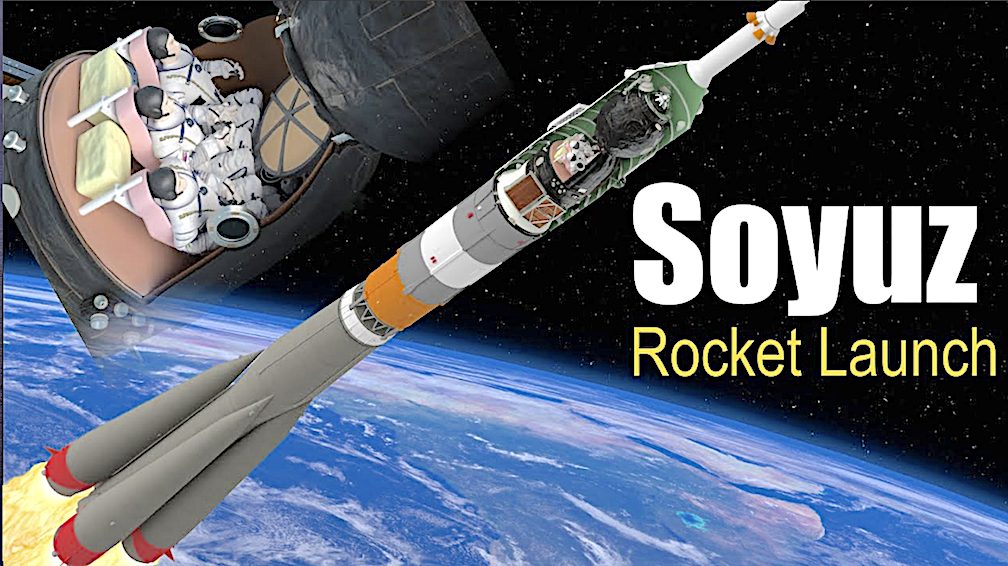
So it’s time to head to the ISS and you need a ride? Looks like Russia’s Soyuz MS-26 is the taxi of sorts to transport three astronauts, all with previous experience, that include two Russian cosmonauts Aleksey Ovchinin and Ivan Vagner, and American astronaut Donald Pettit.
The launch will cost $80 million and is tentatively scheduled for Wednesday, September 11 at 9:23 AM PDT from Baikonur Cosmodrome, Republic of Kazakhstan. Soyuz MS-26 will carry two cosmonauts and one astronaut to the International Space Station aboard the Soyuz spacecraft from the Baikonur Cosmodrome in Kazakhstan.
The Soyuz 2.1A converted the flight control system from analog to digital, which allowed launch from fixed platforms. It also allowed big fairings and payloads. It is currently used for crewed Soyuz and Progress flights to the ISS.
Russian Federal Space Agency: The Roscosmos State Corporation for Space Activities, commonly known as Roscosmos, is the governmental body responsible for the space science program of the Russian Federation and general aerospace research. Soyuz has many launch locations the Russian sites are Baikonur, Plesetsk and Vostochny however Ariane also purchases the vehicle and launches it from French Guiana.
